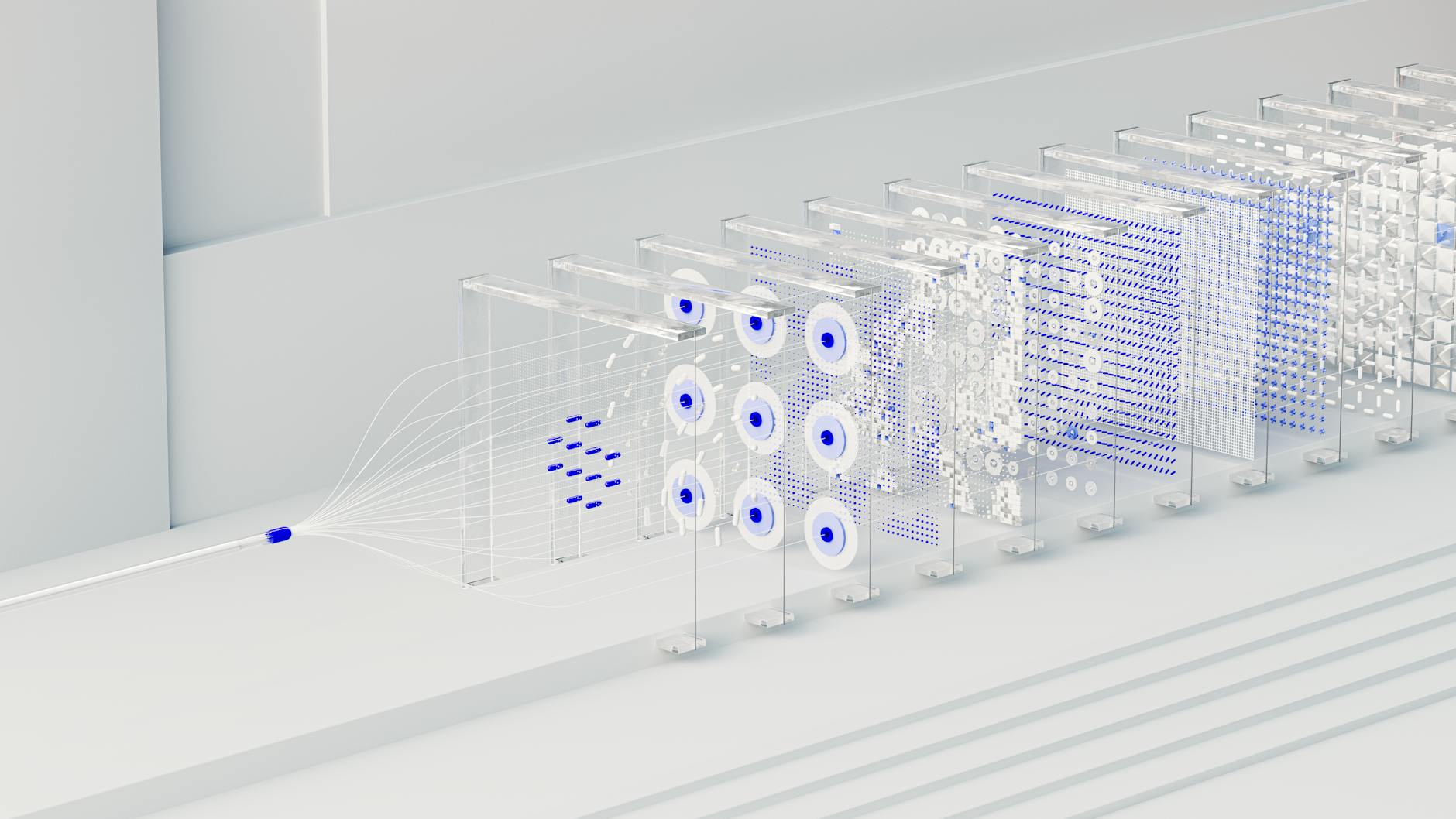What is neural pathway?

What is neural pathway?
Neural pathways are fascinating structures in our brains that significantly influence how we think, learn, and behave. Understanding these pathways is crucial for anyone interested in personal growth, productivity, or effective study habits. As we explore the concept of neural pathways, we’ll uncover their structure, their role in learning and memory, and how we can utilize this knowledge for personal development.
Understanding Neural Pathways
Definition of Neural Pathways
At its core, a neural pathway is a series of interconnected neurons that transmit signals throughout the brain and body. These pathways facilitate communication between different regions, allowing us to perform various tasks, from simple reflexes to complex cognitive functions.
Components of Neural Pathways
Neural pathways are composed primarily of neurons, synapses, and neurotransmitters. Neurons are the fundamental units of the brain, responsible for processing and transmitting information. They connect via synapses, which are the tiny gaps where neurotransmitters, the chemical messengers, are released to communicate with neighboring neurons. This intricate network forms the basis of how we learn and adapt to our environment.

Photo by Google DeepMind
The Role of Neural Pathways in Learning and Memory
Formation of Neural Pathways During Learning
Neural pathways are essential for our cognitive functions, particularly in learning. When we acquire new information or skills, our brains form new pathways through a process known as synaptic plasticity. This process involves strengthening existing connections or creating new ones based on our experiences and repetitive actions. For example, when you practice a musical instrument, you reinforce the neural pathways associated with those specific motor skills, making it easier for you to play over time.
Impact of Neural Pathways on Memory Retention
Neural pathways also play a pivotal role in memory retention. Different types of memory—short-term, long-term, and procedural—are influenced by the strength and efficiency of these pathways. Short-term memories rely on temporary neural connections, while long-term memories involve more stable pathways formed through repetition and emotional significance. Understanding how these pathways work can help us develop better strategies for retaining information, whether for academic success or personal growth.
Neuroplasticity and Its Importance
What is Neuroplasticity?
Neuroplasticity refers to the brain’s remarkable ability to adapt and change throughout our lives. This adaptability allows for the modification of neural pathways based on our experiences and environmental factors. It’s essentially the brain’s way of rewiring itself in response to new challenges, learning opportunities, or injuries. This concept is crucial for anyone looking to enhance their skills or recover from setbacks, as it highlights that change is always possible.
How Neuroplasticity Affects Neural Pathways
Neuroplasticity enables the strengthening or weakening of neural pathways over time. When we engage in new activities or learn new information, the relevant pathways become more robust. Conversely, pathways that are not used may weaken, showcasing the brain’s efficiency in allocating resources. For instance, if you decide to learn a new language, the pathways associated with that skill will strengthen as you practice, making it easier to recall vocabulary and grammar rules.
Practical Applications of Understanding Neural Pathways
Using Neural Pathways to Improve Study Habits
Understanding neural pathways can significantly enhance your study habits. Research indicates that the brain retains information better through shorter, more frequent study sessions rather than prolonged cramming. Techniques such as spaced repetition and active recall take advantage of this principle. Resources like The neuroscience of effective studying can provide you with strategies to optimize your learning process.
Strategies for Strengthening Neural Pathways for Personal Growth
There are many practical tips you can implement to strengthen your neural pathways for personal development:
- Practice Regularly: Consistent practice helps reinforce the pathways linked to specific skills.
- Challenge Yourself: Trying new activities or learning new skills can create additional pathways.
- Reflect on Learning: Take time to review and reflect on what you’ve learned; this can help consolidate your memories.
- Mindfulness and Meditation: These practices can enhance neuroplasticity by promoting relaxation and reducing stress, allowing for better learning and memory.
By incorporating these strategies into your routine, you can foster a mindset geared toward growth and improvement, ultimately leading to significant personal and professional development.
Conclusion
Understanding neural pathways is essential not just for grasping how our brains work but also for applying this knowledge toward personal growth. By recognizing the significance of these pathways in learning and memory, we can better strategize our study habits and enhance our cognitive abilities. Embracing the concepts of neuroplasticity and actively engaging in practices that strengthen our neural pathways can lead to profound changes in our lives. So, start leveraging the power of your brain today, and watch how it transforms your learning and personal development journey.